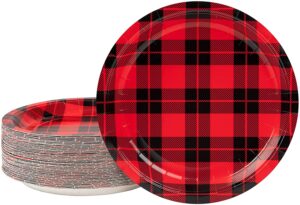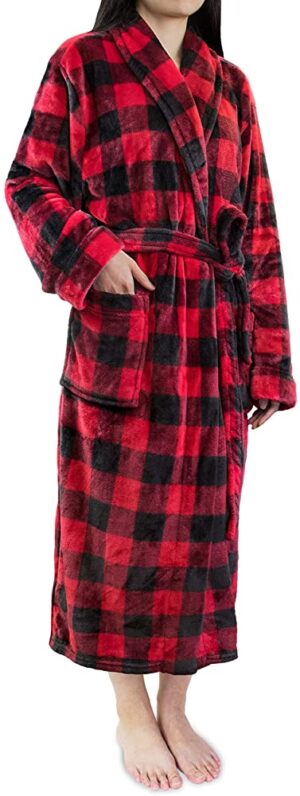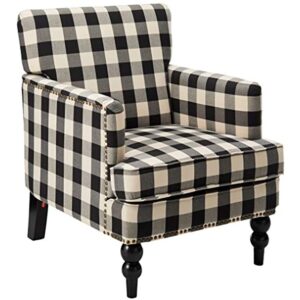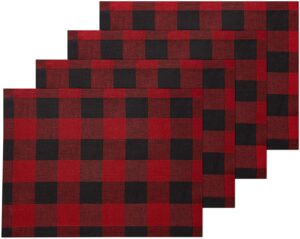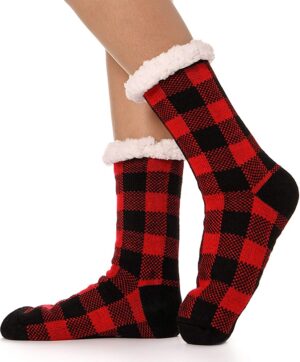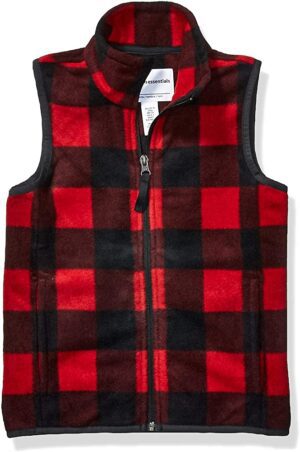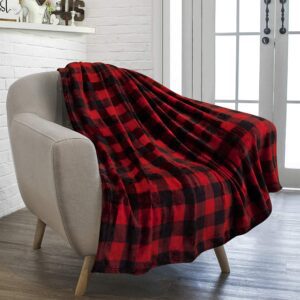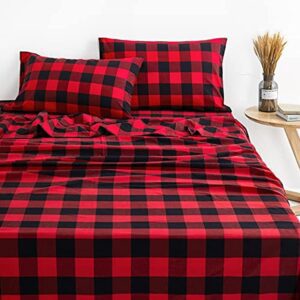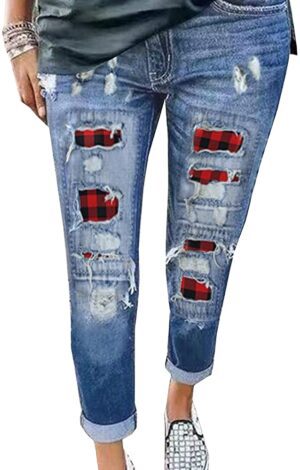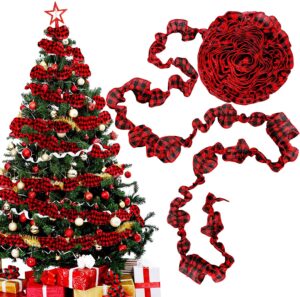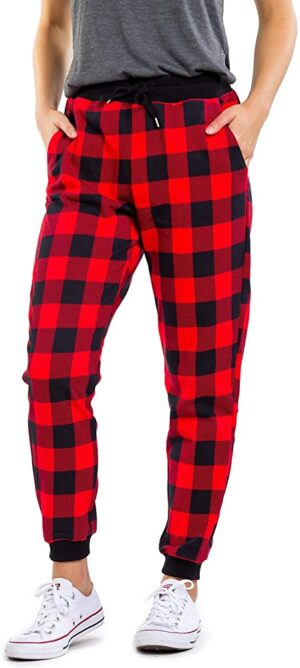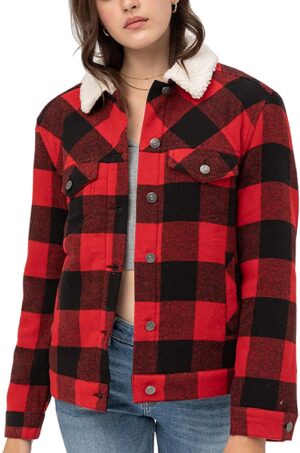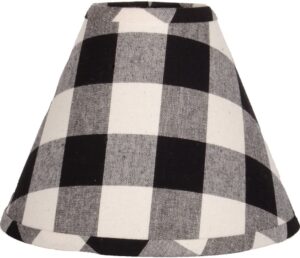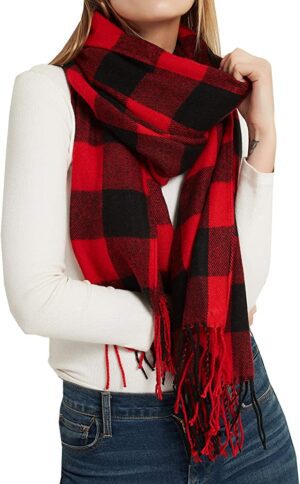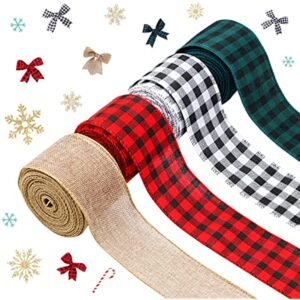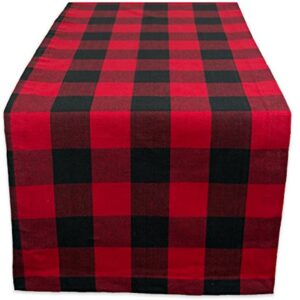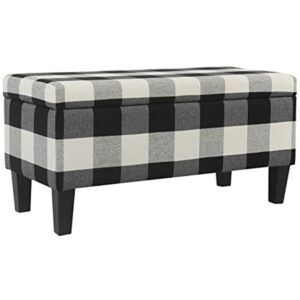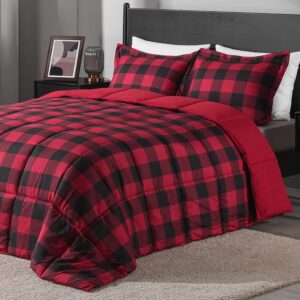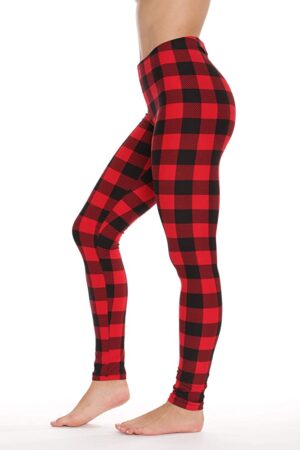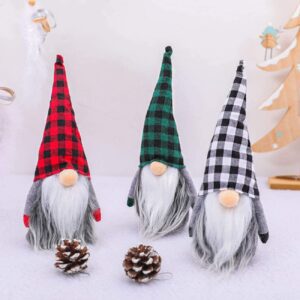So, you’ve decided to take on the rewarding endeavor of creating a table runner? Excellent choice! In this informative guide, you will discover all the necessary steps to confidently craft a gorgeous table runner that will impress your guests and add an elegant touch to any occasion. Whether you’re a seasoned crafter or a complete novice, this step-by-step article will provide you with all the guidance you need to bring your table runner vision to life.
We’ll start by discussing the essential materials and tools you’ll need before diving into the nitty-gritty details of the creation process. From selecting the perfect fabric to measuring and cutting with precision, you’ll gain expert insights and techniques that will ensure a flawless outcome. You’ll also learn various sewing methods and finishing touches to personalize your table runner and truly make it your own. By the end of this article, you’ll be equipped with the knowledge and confidence to create a stunning table runner that will be the envy of all who lay eyes on it. So, let’s embark on this exciting journey together as you unlock the art of table runner creation!
Choosing Your Fabric for the Table Runner
When it comes to creating a table runner, selecting the right fabric is key. Not only does it determine the overall look and feel of your table runner, but it also affects its durability and ease of maintenance. Consider factors such as the occasion, color and design choices, and the desired material to ensure you choose the perfect fabric for your table runner.
Selecting the Right Material
First and foremost, consider the material of the fabric for your table runner. Cotton, linen, and polyester are popular choices due to their durability and ease of care. Cotton is a great option for a casual or rustic look, while linen exudes elegance and sophistication. Polyester is known for its wrinkle resistance and is perfect for a more modern or formal table setting.
Color and Design Choices
The color and design of your table runner should complement the overall theme or decor of your dining area. If you’re looking to create a festive atmosphere, consider vibrant colors or patterns that reflect the occasion, such as floral prints for spring or holiday-themed designs for Christmas. For a more minimalistic or sophisticated look, choose neutral shades or subtle patterns that enhance the beauty of your table.
Considering the Occasion
Another important factor to consider is the occasion for which you’re creating the table runner. If it’s for everyday use, you may opt for a fabric that is easy to clean and maintain, such as a washable cotton blend. For special events or formal gatherings, you might want to choose a more luxurious fabric like satin or silk. Keep in mind that the fabric you choose should reflect the mood and ambiance you wish to create for the occasion.
Understanding the Basic Table Runner Measurements
To ensure the perfect fit for your table runner, you need to understand the basic measurements required. Consider the dimensions of your table, the desired length of the runner, and the appropriate width to achieve the desired look.
Dimensions of Your Table
Start by measuring the length and width of your table. This will give you a baseline for determining the size of your table runner. Keep in mind that the ideal length of a table runner is typically a few inches longer than the table itself, allowing for a slight overhang on each end.
Figuring the Length of the Runner
To determine the length of your table runner, add the desired overhang measurements to the length and width of your table. This will give you the total length of fabric needed for your runner. It’s always a good idea to add a couple of extra inches for hemming and adjustments.
Determining the Width of the Runner
The width of your table runner depends on personal preference and the size of your table. A standard width is around 12 to 18 inches, but you can adjust it to your liking. Keep in mind that a wider table runner provides a more substantial and eye-catching centerpiece, while a narrower one creates a more delicate and subtle look.
Gathering the Necessary Tools
Before you begin creating your table runner, it’s essential to gather all the necessary tools to ensure a smooth and successful sewing project.
Choosing the Right Sewing Machine
Having a reliable sewing machine is crucial for creating a table runner. If you don’t already own one, consider investing in a machine that has the features you need, such as adjustable stitch length and width, a variety of built-in stitches, and easy threading capabilities. Look for a machine that suits your skill level and budget.
Need for Scissors
A good pair of fabric scissors is essential for cutting your fabric and any necessary pattern pieces. Opt for sharp, high-quality scissors that are specifically designed for cutting fabric. Using dull or improper scissors may result in uneven or frayed edges.
Utility of Fabric Marker
A fabric marker or tailor’s chalk will come in handy for marking any necessary measurements, pattern lines, or details on your fabric. Choose a marker that is easy to use and won’t leave permanent marks on your fabric. Be sure to test it on a scrap piece of fabric to ensure it can be easily removed.
Selecting Appropriate Threads
Choosing the right thread for your table runner is important for both functionality and aesthetics. Consider the color of your fabric and select a thread that matches or complements it. Additionally, choose a thread that is strong and suitable for the fabric type. Cotton or polyester thread is typically a safe choice for most table runners.
Creating Your Table Runner Pattern
Once you have gathered your tools and selected your fabric, it’s time to create a pattern for your table runner. This step ensures that your runner will fit perfectly and that all necessary details are included.
Drawing the Pattern Layout
Start by laying out your fabric on a large, flat surface. Use a ruler or measuring tape to measure the desired length and width of your table runner. Mark these measurements on your fabric using a fabric marker or tailor’s chalk. Double-check the markings to ensure accuracy.
Including All Details into the Pattern
Next, include any additional details you want to incorporate into your table runner pattern. This could include decorative borders, embellishments, or appliques. Make sure to mark these details clearly on the fabric, as they will guide your sewing process later on.
Cutting the Pattern From Your Fabric
After you have marked all the necessary measurements and details, use your fabric scissors to carefully cut out the pattern pieces. Take your time to ensure clean and precise cuts. Remember to follow any pattern instructions or markings to achieve your desired design.
Pinning Fabric Pieces Together
To assemble your table runner and prepare it for sewing, you will need to pin the fabric pieces together. This step ensures that the pieces stay in place during the sewing process and allows for proper alignment of patterns and seams.
Positioning Fabric Pieces Correctly
Begin by laying out your fabric pieces according to your pattern layout. Pay attention to the positioning and orientation of each piece to ensure they align properly when sewn together. Take into account any borders or decorative elements to achieve a cohesive look.
Use of Pins to Secure Fabric
Once the fabric pieces are properly positioned, use straight pins to secure them in place. Insert the pins perpendicular to the fabric, ensuring that they go through both layers and hold them securely. Space the pins evenly to prevent any shifting or wrinkling of the fabric while sewing.
Ensuring Patterns Match Along Seams
One important aspect of pinning the fabric pieces together is ensuring that the patterns or designs line up seamlessly along the seams. Take the time to match the patterns at each seam intersection and pin them securely. This attention to detail will result in a visually pleasing and professional-looking table runner.
Sewing the Table Runner
With your fabric pieces pinned together, it’s time to start sewing your table runner. Follow these steps to ensure a successful and well-constructed finished product.
Setting Up Your Sewing Machine
Prepare your sewing machine by selecting the appropriate thread and needle for your fabric type. Refer to your sewing machine manual for guidance on threading and adjusting your machine’s settings. Test the stitch length and tension on scrap fabric to ensure they are suitable for your project.
Beginning to Sew the Pieces Together
Start sewing your fabric pieces together by placing them under the sewing machine foot. Begin by sewing a short seam to secure the fabric pieces together. Be sure to backstitch at the beginning and end of each seam to prevent any unraveling. Take your time and sew along the marked lines or seam allowances, ensuring that the needle goes through both layers of fabric.
Following Your Pattern Instructions
Continue sewing the fabric pieces together according to your pattern and design instructions. Take care to follow any specific instructions for seams, trims, or decorative elements. The more closely you follow the pattern, the better your table runner will turn out. If included, be sure to sew any borders or ornamental details at the appropriate points.

Checking the Quality of Your Stitches
Once you have completed sewing your table runner, it’s important to check the quality of your stitches to ensure a professional-looking finish.
Assessing Stitch Length
Take a close look at the length of your stitches. They should be even and consistent throughout the entire table runner. If your stitches are too long or too short, adjust the stitch length on your sewing machine accordingly. This step is crucial for achieving a neat and polished final product.
Inspecting the Consistency of Stitches
Inspect the consistency of your stitches by examining them closely. They should be straight, without any loops or tangles. If you notice any irregularities, take the time to fix them by resewing or adjusting the tension on your sewing machine. Consistent stitches contribute to the overall quality and durability of your table runner.
Making Adjustments When Needed
If you find any areas where the stitches need reinforcement, make the necessary adjustments by sewing over those sections again. This ensures the stability and durability of your table runner. Additionally, trim any excess threads or fabric to give your runner a clean and professional look.
Common Mistakes to Avoid
While creating your table runner, be aware of common mistakes that can hinder the overall success of your project. By being attentive to these potential pitfalls, you can ensure a fantastic end result.
Incorrect Measurement
Carefully measure your table and follow your pattern instructions to avoid any sizing issues. Incorrect measurements can result in a table runner that is either too short or too long, throwing off its overall appearance.
Poor Choice of Fabric
Choose your fabric wisely, taking into consideration factors such as occasion, design preferences, and maintenance needs. Selecting the wrong fabric can lead to dissatisfaction with the final product and decreased longevity.
Mismatched Pattern
Ensure that patterns or designs match up seamlessly along the seams. Failure to do so can create a disorganized or visually unappealing table runner.
Insufficient Seam Allowance
Be sure to provide adequate seam allowance when cutting and sewing your fabric pieces together. Insufficient seam allowance can lead to seams unraveling or bursting over time.
By following this step-by-step guide and avoiding common mistakes, you can create a beautiful and personalized table runner that adds a touch of elegance to any dining experience. Enjoy the process, get creative with your fabric and design choices, and have fun making your table runner uniquely yours!






